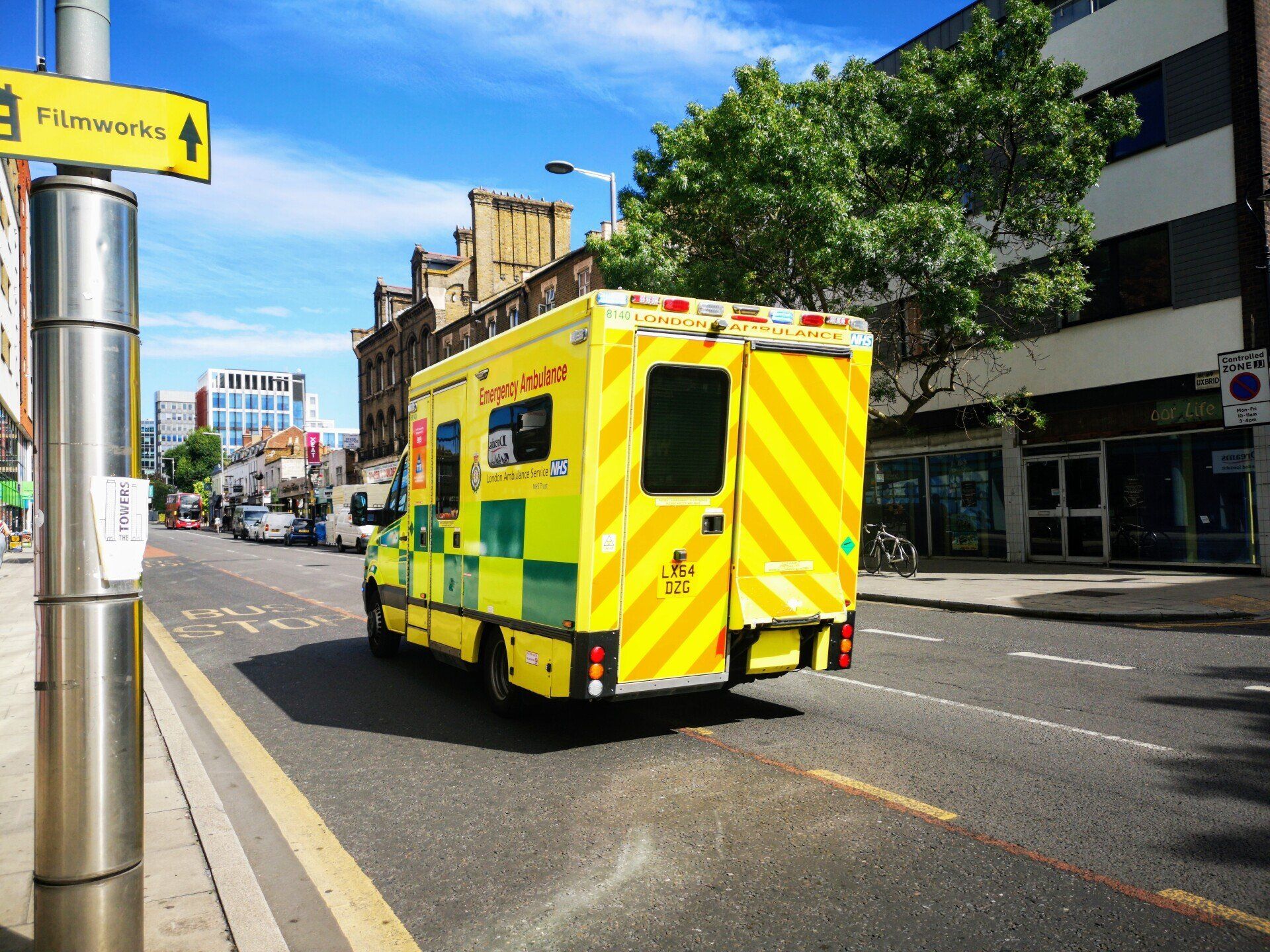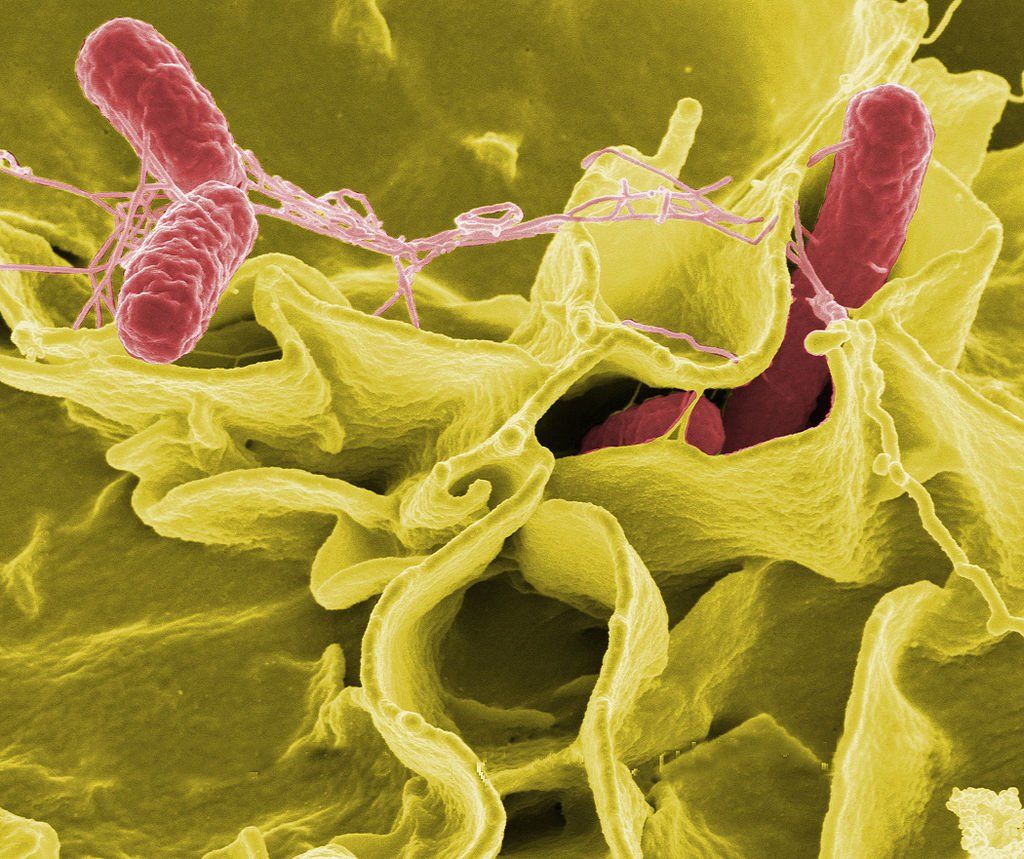Hospital acquired infection control
Hospital Acquired Infection Control
Hospital Acquired Infection Control
MRSA and C Difficile
MRSA and C Difficile
- Inhouse, direct employed cleaners, under supervision of World Health Organisation trained, Infection Control Nurse.
- Brass for all touched surfaces in NHS hospitals. Or at least copper veneered surface. Including staff, patient and visitor toilets. And on lift buttons.
Transmission of hospital acquired infections can be reduced by using fittings made of copper.
Although its anti-microbial qualities have long been known - the ancient Egyptians, Greeks and Romans all used copper to treat wounds - the metal and its most common alloy, brass, have all but disappeared from modern hospitals in favour of spick and span stainless steel, even though germs can remain active on steel for days. (The Times).
The SARS-CoV-2 virus (Covid19) endures for days on plastic or metal, but disintegrates soon after landing on copper surfaces.
• UV-light cleaning systems in all NHS hospitals.
(first used in Walton Hospital, North West England, who use the 5 foot high device like below:
Following the discharge of a patient from a side room or a bay, a thorough clean takes place to make sure the room and all its contents, such as the bed frame, side cabinet, patient equipment etc are clean.
The system is then wheeled into the room and sensors are positioned in the room. Staff control the device from outside the room until the deep clean has been completed effectively.
The UV light system takes an average of 20 minutes and is an addition to other cleaning methods used at the hospital, such as using a disinfecting vapour, which takes between 2 to 3 hours.

